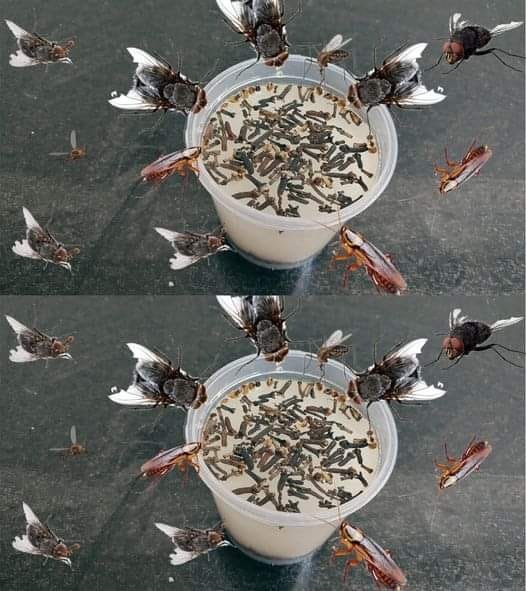Dish Sponge: How to Sanitize It and When to Replace It
The humble dish sponge is a kitchen essential, but did you know it can also harbor millions of bacteria if not properly maintained? A study from the Journal of Applied Microbiology found that kitchen sponges are one of the dirtiest items in our homes. However, with proper care and sanitation, you can keep your sponge clean and safe to use. Here’s an expert-backed guide on how to sanitize your dish sponge and how often you should replace it.
Why Is Sanitizing Your Dish Sponge Important?
Dish sponges are constantly exposed to moisture, food particles, and grease, creating the perfect environment for bacteria such as E. coli, Salmonella, and mold to thrive. Without regular cleaning, these contaminants can spread to your dishes, countertops, and even food. Proper sanitation kills these germs and prolongs the sponge's usability.
How to Sanitize Your Dish Sponge: Step-by-Step Methods
There are several effective ways to sanitize your sponge. Here are the most reliable methods:
Method 1: Microwave Sanitization
This is one of the easiest and quickest ways to disinfect your sponge.
- Rinse the Sponge: Thoroughly rinse the sponge under running water to remove food particles and soap residue.
- Soak the Sponge: Place the sponge in a bowl of water or wet it completely. This prevents the sponge from catching fire in the microwave.
- Microwave: Heat the sponge on high for 1–2 minutes.
- Cool Down: Let the sponge cool for a few minutes before removing it. Be careful, as it will be very hot.
Effectiveness: The microwave kills about 99% of bacteria, yeast, and mold when done correctly.







